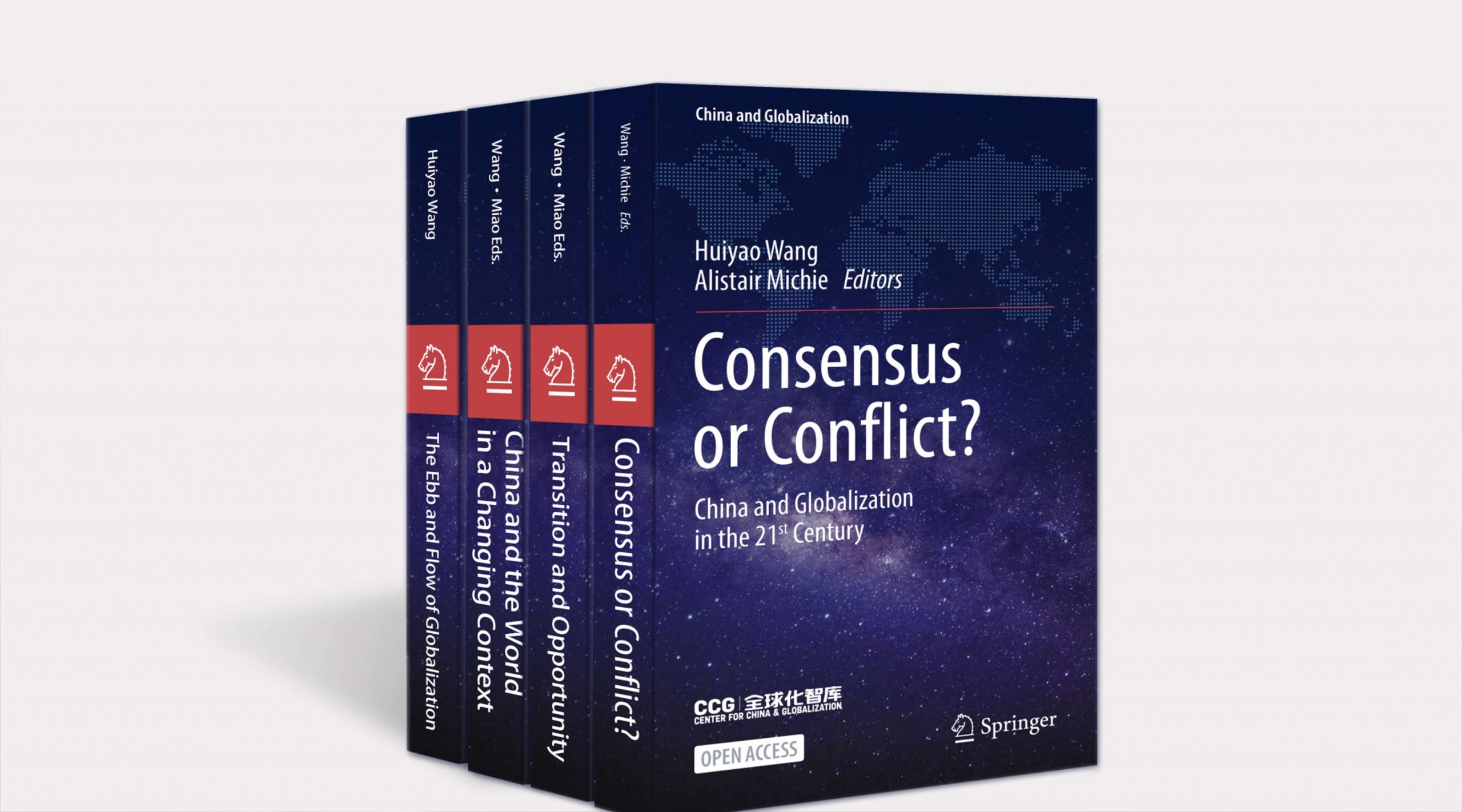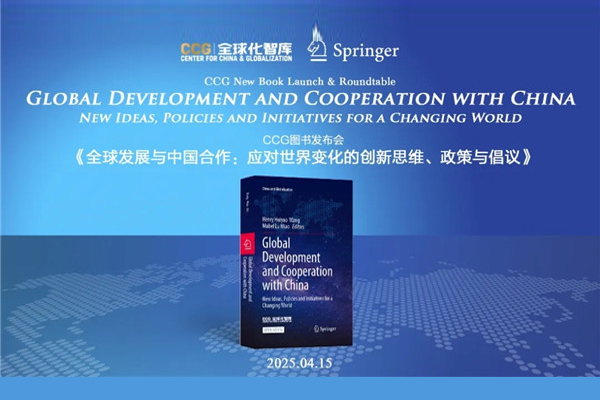2020 International Metropolis Conference
Background
In 2005, Asia hosted 53 million out of the world’s 191 million migrants according to the United Nations Department of Economic and Social Affairs.
Intra-regional labour migration within Asia Pacific has increased since the late 1990s, driven by globalization and disparities in labour demand and wage opportunities in the region. Rising labour mobility has shown positive impacts on employment, consumer spending and economic growth as migrant workers enhance the flow of remittances, trade and investment in the While the majority of Asia Pacific migrants traditionally went to the West and the Middle East, the largest migration flows are now within the region.
There is also a growing number of Asian countries who become recipients of migrant flows and in the process affect immigration, labor and socio-economic policies as in the case of South Korea. Asian governments seek to strictly control migration and protect migrants’ rights as often as possible but the lack of a better understanding of concepts and related terms is hampering understanding between and among sending and receiving countries in Asia, the Pacific and other territories.





